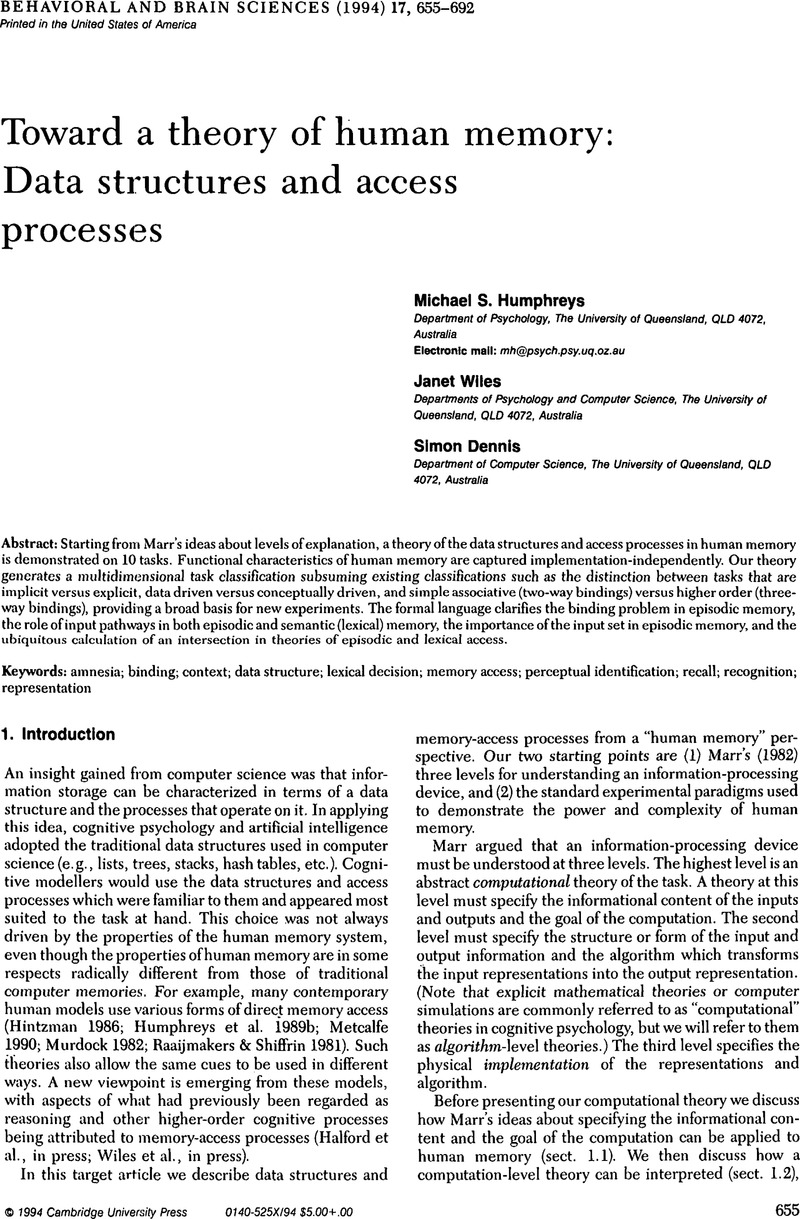Crossref Citations
This article has been cited by the following publications. This list is generated based on data provided by Crossref.
Jacobs, Arthur M.
2000.
Reading as a Perceptual Process.
p.
721.
Van Orden, Guy C.
Pennington, Bruce F.
and
Stone, Gregory O.
2001.
What do double dissociations prove?.
Cognitive Science,
Vol. 25,
Issue. 1,
p.
111.


